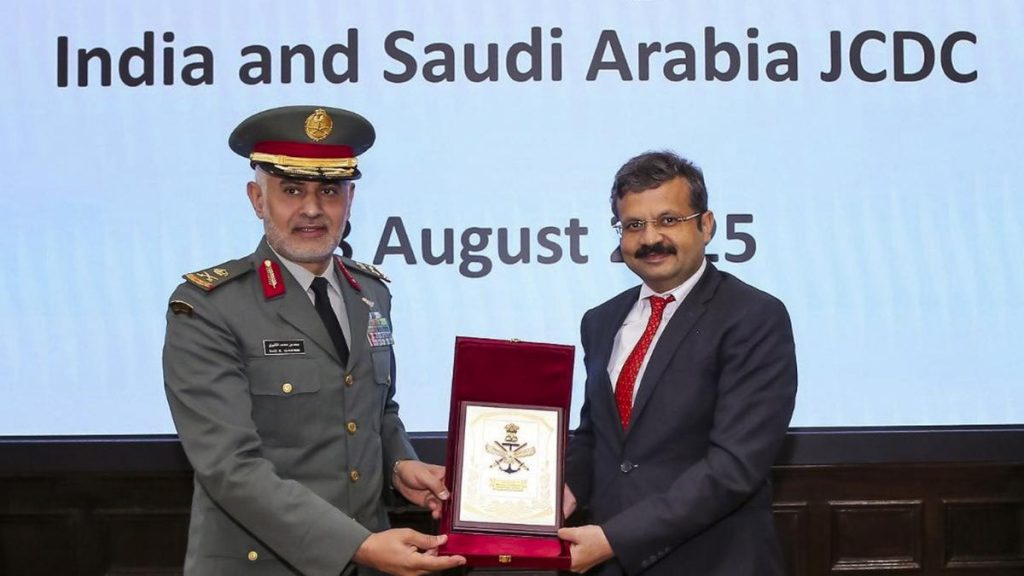Now Reading: 10 Common Types of Metal and Their Uses
-
01
10 Common Types of Metal and Their Uses
10 Common Types of Metal and Their Uses

Quick Summary:
- ferrous Metals: Contain iron, known for strength and magnetic properties. Examples include carbon steel, wrought iron, and cast iron. Typically used in construction, tools, and automotive parts but prone too rust unless alloyed.
- Non-ferrous Metals: Do not contain iron; naturally resistant to corrosion. Examples include copper and aluminum, valued for their malleability and high electrical conductivity in wiring and electronics.
- Stainless Steel: An alloy of iron with chromium added for rust resistance. Commonly used in marine hardware, medical tools, kitchen equipment due to its durability.
- pure Metals: Single-element materials like pure copper or aluminum with high thermal conductivity but limited structural use due to softness.
Images included:
- Metal pipes (https://media.hswstatic.com/eyJidWNrZXQiOiJjb250ZW50Lmhzd3N0YXRpYy5jb20iLCJrZXkiOiJnaWZcL3NodXR0ZXJzdG9jay0yMDY5NjM5NjUxLmpwZyIsImVkaXRzIjp7InJlc2l6ZSI6eyJ3aWR0aCI6ODI4fX19)
- Carbon steel (https://media.hswstatic.com/eyJidWNrZXQiOiJjb250ZW50Lmhzd3N0YXRpYy5jb20iLCJrZXkiOiJnaWZcL3NodXR0ZXJzdG9jay0yNDA5MDI4NzExLmpwZyIsImVkaXRzIjp7InRlcSI6IHsidHgiOjAsInFtaSZ9RxTIo}|)
…
Indian Opinion Analysis:
India’s expanding infrastructure promises growing demand for diverse metals outlined here-especially ferrous metals favored for affordable building frameworks alongside stainless steel prized rural rail too-outdoor marine robustness . Non quirightly conservation
Quick Summary
- Precious Metals: Gold, silver, and platinum group metals are highly prized for their beauty and functionality. These noble metals resist corrosion, have high melting points, and find applications in jewelry, electronics, and chemical industries.
- Base metals: Practical and cost-effective, base metals like copper, nickel, and zinc are widely used in manufacturing alloys such as those used in electrical wiring or heat exchangers.
Implication
Quick Summary
- Wrought Iron: Made by removing impurities from pig iron, it is tough yet malleable. Its low carbon content makes it fatigue-resistant, suitable for fences, railings, and decorative work. While not widely used today, it remains notable for its workability.
!Image of wrought Iron
Caption: Wrought iron. Photo credit: mykhailo pavlenko / Shutterstock
- Cast Iron: Hard and brittle due to a higher carbon content; created by pouring molten iron into molds. Commonly seen in cookware, pipes, and engine blocks; valued for its high thermal stability in heating applications.
!Image of Cast Iron
Caption: Cast iron. Photo credit: Arina P Habich / Shutterstock
Indian Opinion analysis
The distinction between wrought iron and cast iron highlights the varying capabilities derived from processing pig iron differently-malleability versus hardness-and each material’s applications have shaped industries globally over time.
For India, these metals hold importance as the country has a rich heritage in crafting wrought iron with conventional artistry alongside large-scale industrial use of cast iron in manufacturing sectors like automotive and home appliances. Additionally, india’s ongoing focus on infrastructure advancement ensures that materials like wrought or cast iron remain integral to production processes ranging from construction to machinery.
Given the durability and adaptability benefits outlined above-paired with India’s drive toward self-reliance-the emphasis might potentially be placed on leveraging innovations while honoring legacy craftsmanship techniques in competitive global markets.

























